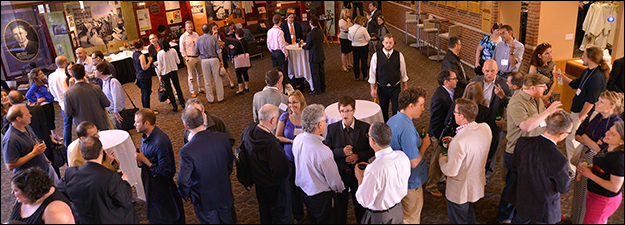Expressing Emotions in Medieval Latin Letters
Sponsoring Organization(s)
Special Session
Organizer Name
Barbara Newman
Organizer Affiliation
Northwestern Univ.
Presider Name
Joshua Byron Smith
Presider Affiliation
Univ. of Arkansas-Fayetteville
Paper Title 1
"With tears in my eyes I fall at your feet": Persuasion through Emotional Manipulation in the Letters of Peter Damian
Presenter 1 Name
Christopher Fletcher
Presenter 1 Affiliation
Univ. of Chicago
Paper Title 2
Shame, Disgust, and Pity: The Emotional Repertoire of a Letter by Hugh of Fouilloy
Presenter 2 Name
Mary Agnes Edsall
Presenter 2 Affiliation
Independent Scholar
Paper Title 3
Felix Concertatio: Competitive Loving in the Epistolae duorum amantium
Presenter 3 Name
Barbara Newman
Start Date
14-5-2015 3:30 PM
Session Location
Valley III Stinson Lounge
Description
Latin letter collections provide a rich and underutilized resource for the history of emotions. This session examines letters by Peter Damian, Hugh of Fouilloy, and two anonymous lovers of the early twelfth century, who may or may not have been Abelard and Heloise. Because Latin letters are so highly stylized, they provide an excellent opportunity to study the relationship between the canons of rhetoric and the expression of such emotions as happiness, fear, anger, shame, pity, and passionate love. The panelists aim to go beyond the identification of "emotion words" to explore the ways that skilled manipulation of rhetoric can either mask or intensify the expression of feeling. We also examine the often indistinct boundary between "real" emotions and "what one ought to feel" in a given situation. --Barbara Newman
Expressing Emotions in Medieval Latin Letters
Valley III Stinson Lounge
Latin letter collections provide a rich and underutilized resource for the history of emotions. This session examines letters by Peter Damian, Hugh of Fouilloy, and two anonymous lovers of the early twelfth century, who may or may not have been Abelard and Heloise. Because Latin letters are so highly stylized, they provide an excellent opportunity to study the relationship between the canons of rhetoric and the expression of such emotions as happiness, fear, anger, shame, pity, and passionate love. The panelists aim to go beyond the identification of "emotion words" to explore the ways that skilled manipulation of rhetoric can either mask or intensify the expression of feeling. We also examine the often indistinct boundary between "real" emotions and "what one ought to feel" in a given situation. --Barbara Newman


